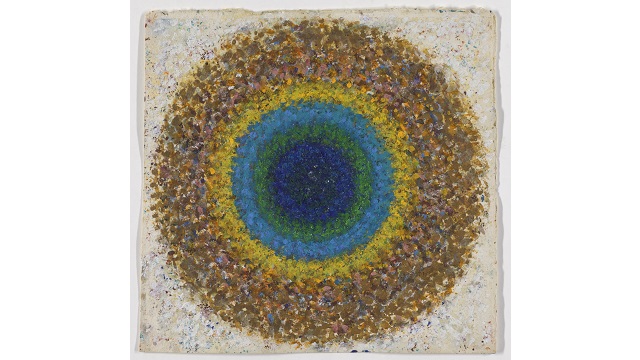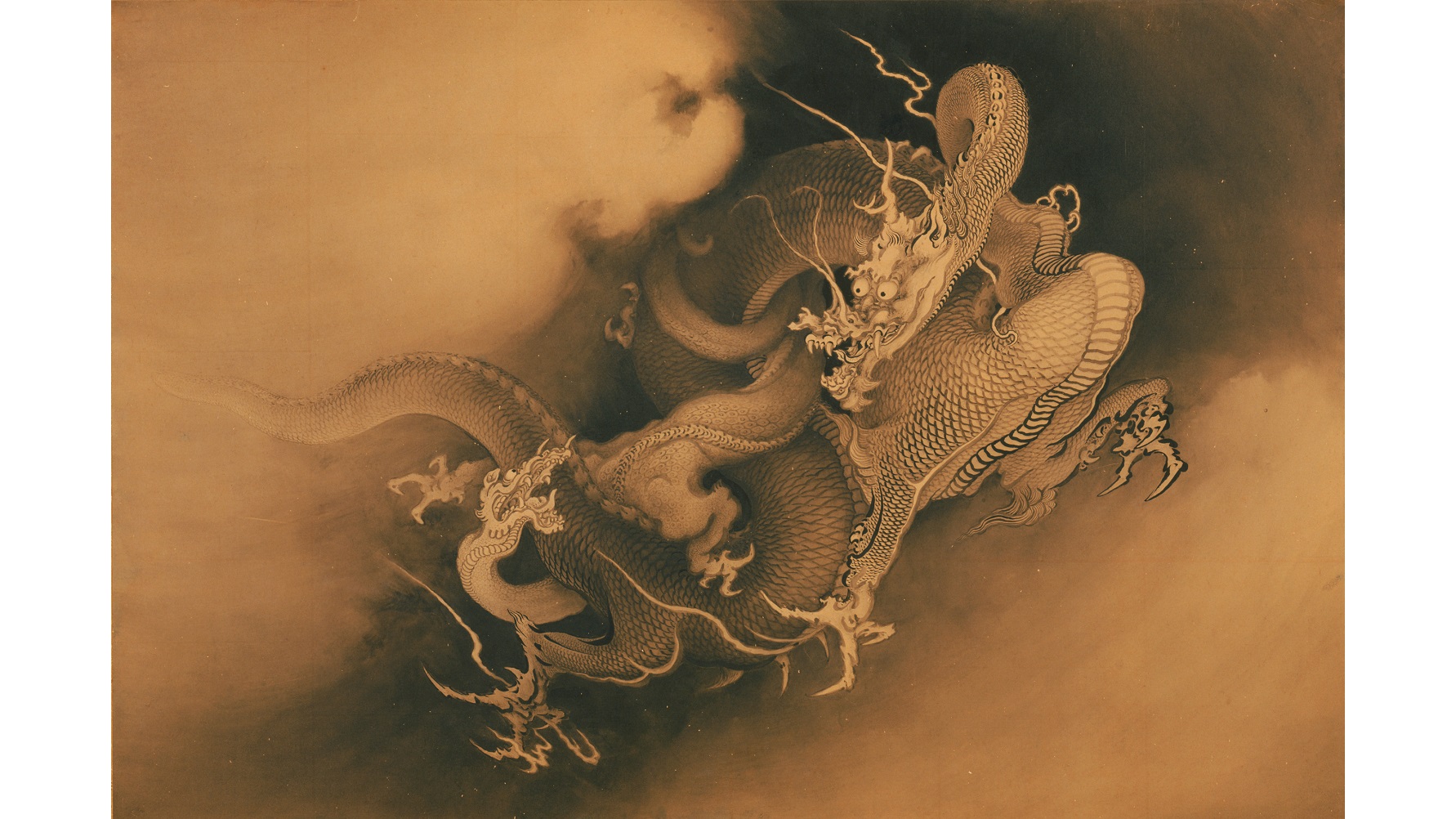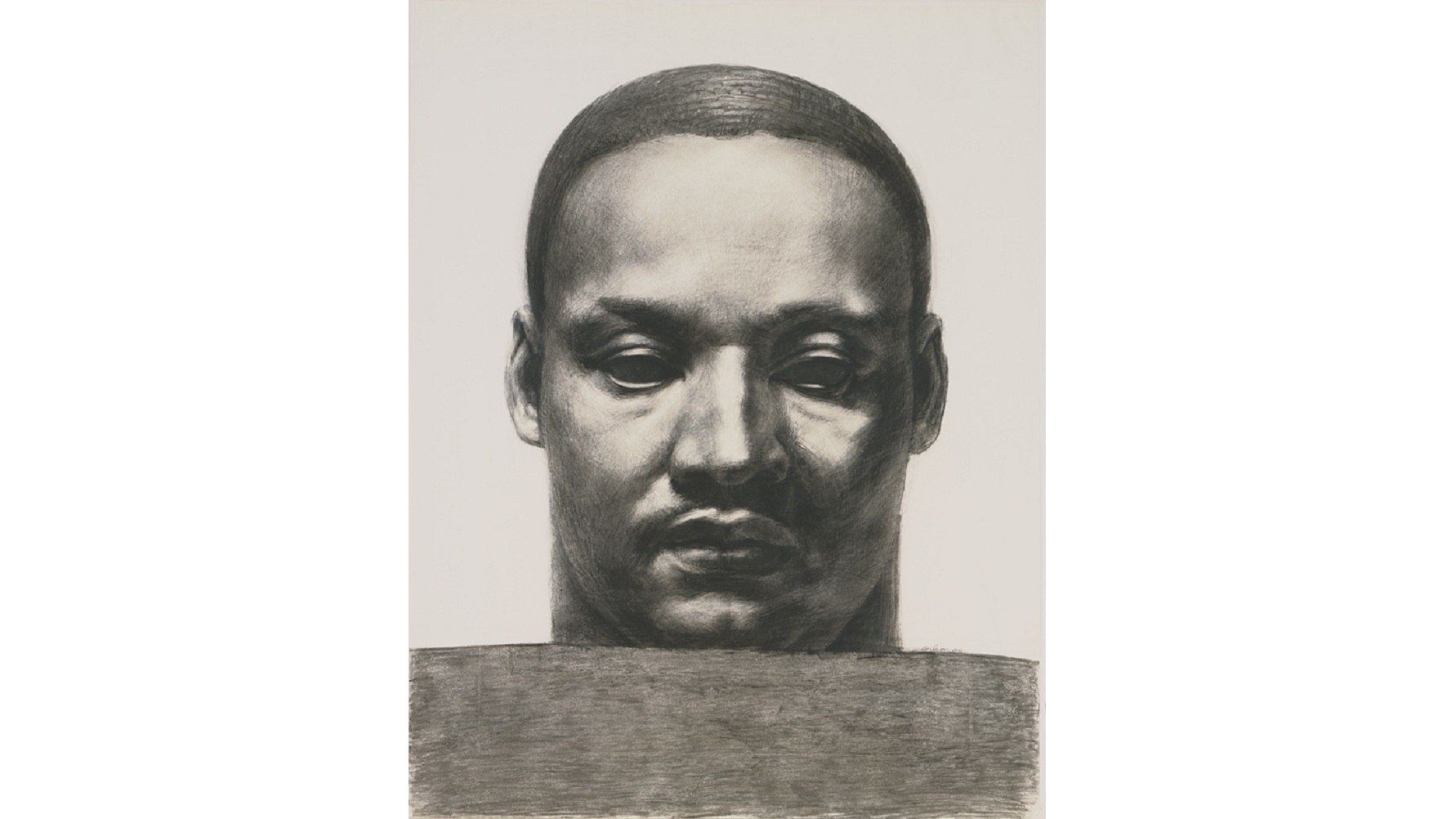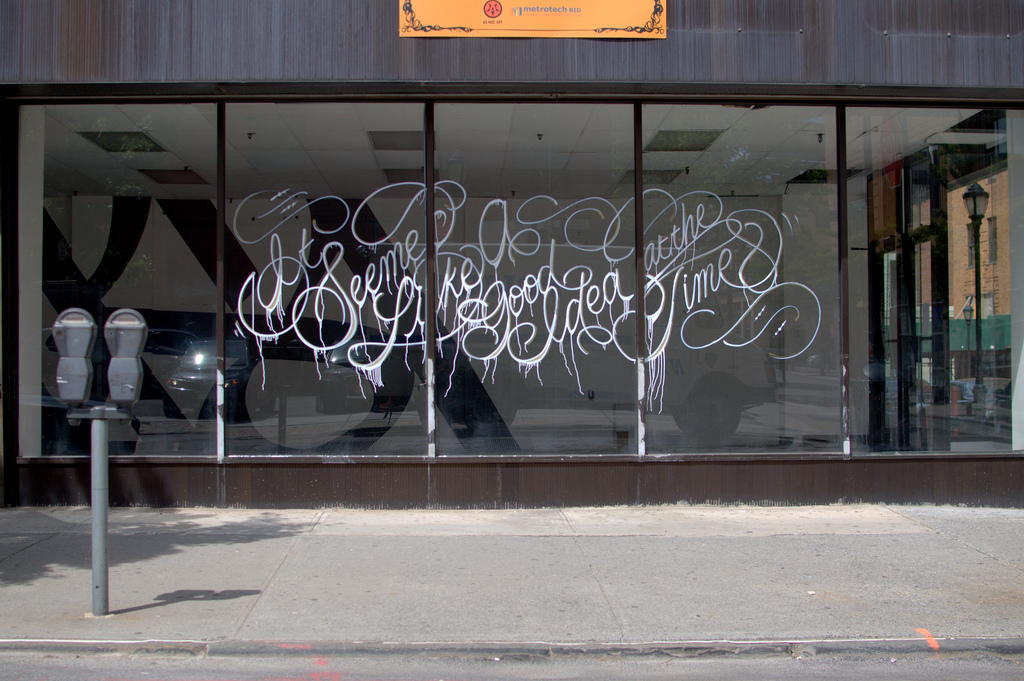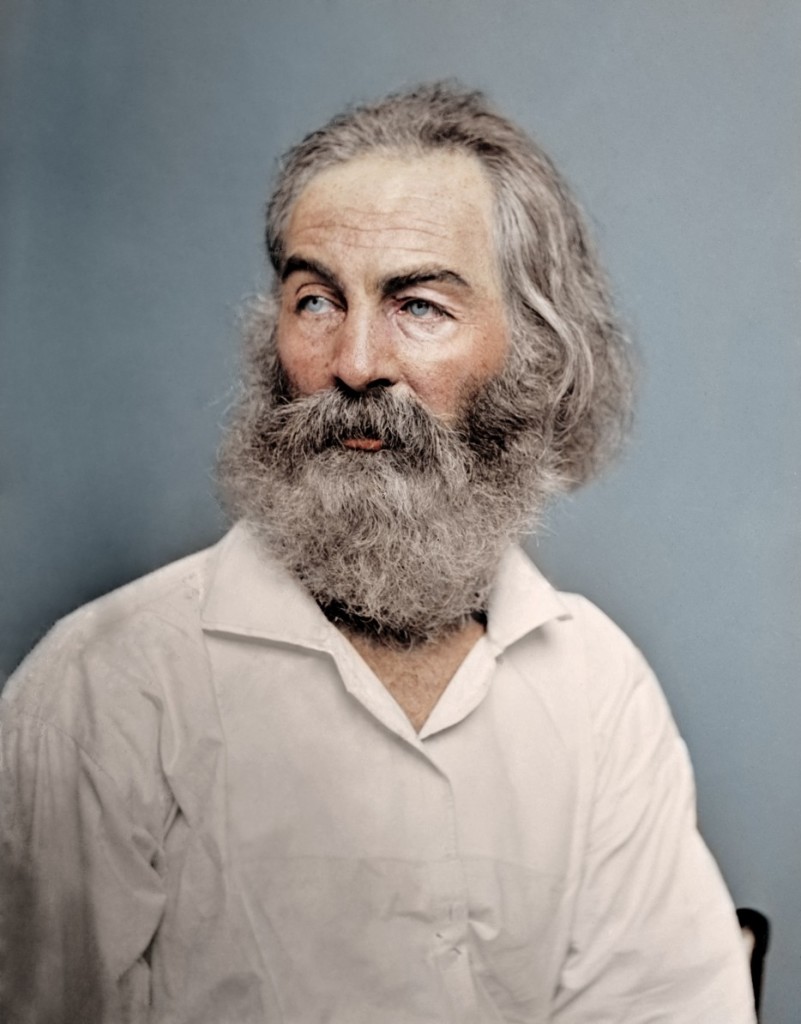In 1931, Norway annexed part of Greenland. It could have been the start of a very Cold War indeed.
Search Results
You searched for: color
During a recent bout with depression, comedian Ruby Wax took time off from her career to pursue a Master’s degree in Mindfulness-based Cognitive Therapy from Oxford University.
The cosmic background radiation of the Universe once fried everything, but is now barely above absolute zero. Where did that energy go? “I think one of the coolest things you […]
“The extasy [sic] of abstract beauty,” artist Richard Pousette-Dart scrawled in 1981 in a notebook on a page across from a Georges Braque-looking abstract pencil drawing. Although included in Nina Leen’s iconic 1951 Life magazine photo “The Irascibles” that featured Abstract Expressionist heavyweights Jackson Pollock, Willem de Kooning, Mark Rothko, and Barnett Newman, Pousette-Dart has always stood on the edges, as he does in the photo, of full identification with that group.
According to a story doing the rounds on social media, organ transplant patients can take on the personalities of their donors. Don’t believe the hype.
This International Women’s Day, celebrate Henrietta Leavitt, who took us beyond the stars and into the galaxies. “Her will tells nearly all. She left an estate worth $314.91, mostly in […]
Lessons from the Universe whenever a light goes out. “End? No, the journey doesn’t end here. Death is just another path, one that we all must take. The grey rain-curtain […]
How we’re still, only now, just discovering the closest stars to Earth. “As a boy I believed I could make myself invisible. I’m not sure that I ever could, but […]
The United State owns the market on personal data with companies like Facebook and Google. This puts America in a position of power when talking about privacy rights. But that may mean being at odds with the international community.
How a funny idea to ship your enemies glitter turned into an empire. “There is a concept that is the corrupter and destroyer of all others. I speak not of […]
Edinburgh is the “grey metropolis in the North.” It has been for centuries, and thanks to Unesco, the capital of Scotland will keep its dour exterior for the foreseeable future. […]
Ever since American Commodore Matthew C. Perry sailed into Uraga Harbor near Edo (the earlier name for Tokyo) on July 8, 1853, ending the isolationist policy of sakoku and “opening” (willingly or not) Japan to the West, “the Land of the Rising Sun” and its culture have fascinated Westerners. Yet, despite this fascination, true understanding of that history remains elusive. A new exhibition at the Philadelphia Museum of Art, Ink and Gold: Art of the Kano builds a cultural bridge for Westerners to Japan’s heritage through the art of the “Kano School,” a family of painters to the powerful who influenced all of Japanese art from the 15th to the late 19th century. Combining the sumptuousness of golden artworks with the compelling story of their makers, Ink and Gold: Art of the Kano offers the key to unlocking the mystery of Japan through the art of the Kano.
The Universe contains black holes billions of times as massive as our Sun. “It is by going down into the abyss that we recover the treasures of life. Where you […]
The Great Orion Nebula is so great, it needed a second Messier object all to itself! “Be not afraid of greatness. Some are born great, some achieve greatness, and others […]
Wearable technology is the future, but questions still persist as to where on the body the most popular devices will be worn. According to some prognosticators, temporary tech tattoos will reign supreme.
When the Philadelphia Museum of Art purchased Henry Ossawa Tanner’s painting The Annunciation in 1899, they became the first American museum to acquire a work by an African-American artist. That purchase announced a new era of recognition of African-American art and artists just as much as the painting itself announced a new style of art moving away from stereotypical “black” scenes towards a freedom of aesthetic choice. Persons of color could express themselves in any way, even abstraction, but faced the new problem of remaining true to themselves at the same time. The new exhibition Represent: 200 Years of African American Art and accompanying catalogue show how these artists faced the challenges posed to them by art and society and provide all of us with a fascinating guide to facing African-American history—tragic, tenacious, transcendent—through its art.
How the location of the famous Ebbets Field facade appears today in Brooklyn, NY. (h/t @DugoutLegends)
When interior decorating, remember that what you put on the walls and how you arrange them will have major effects on a room’s aura and feel.
In late 2014, a court in Argentina took up the case of Sandra, a 29-year-old who has been held captive all her life. Born in Germany, taken from her parents […]
Dr. David Newman, together with his team, has developed a simple information tool, called the NNT, that allows doctors and researches to communicate more clearly to patients and the general public, the effectiveness of different treatments.
Why would a cloud appear to be different colors? NASA explains: A relatively rare phenomenon known as iridescent clouds can show unusual colors vividly or a whole spectrum of colors […]
Why is gravity so different from the other forces? On the hierarchy problem. “Science enhances the moral value of life, because it furthers a love of truth and reverence — love of […]
From 1974 through 1981, Haruki Murakami ran a jazz club in Tokyo, Japan, and wondered what direction his life would run. After long soul searching, his life ran in the […]
It’s the faintest and hardest object to see in the entire catalogue, but the rewards — and knowledge you gain — are priceless! “If there is nothing new under the sun, at least the […]
Photo credit: “Bob (Contort Yourself)” / Flickr (click for higher res) “Bob’s” Flickr page features literally thousands of photos of street art and industrial/urban New York. It’s really worth getting lost […]
Sam Harris: The Self is an Illusion Sam Harris describes the properties of consciousness and how mindfulness practices of all stripes can be used to transcend one’s ego. Ray Kurzweil: […]
Ayah Bdeir had a dream – take electronics out of the hands of experts and large companies and put them in the hands of ordinary people in order to make […]
Increasingly, scientific research is being done in ways that seem to advocate the scientists’ point of view, more than to objectively and dispassionately represent “the facts.” Society is at risk when science is hijacked by advocacy-masquerading-as-objective-science, whether such distortion is done by researchers working for companies, governments, environmental groups, or just by scientists who allow their personal views to color the questions they ask and the way they describe and promote their findings.
“Luck is the residue of design.” – Branch Rickey Branch Rickey certainly knew a lot about luck because he was a master of design. He’s most famously known as the […]
Historical icons look as though they’re still alive and working today in these incredible colorized old photographs, brought to the Internet’s attention by Open Culture.


